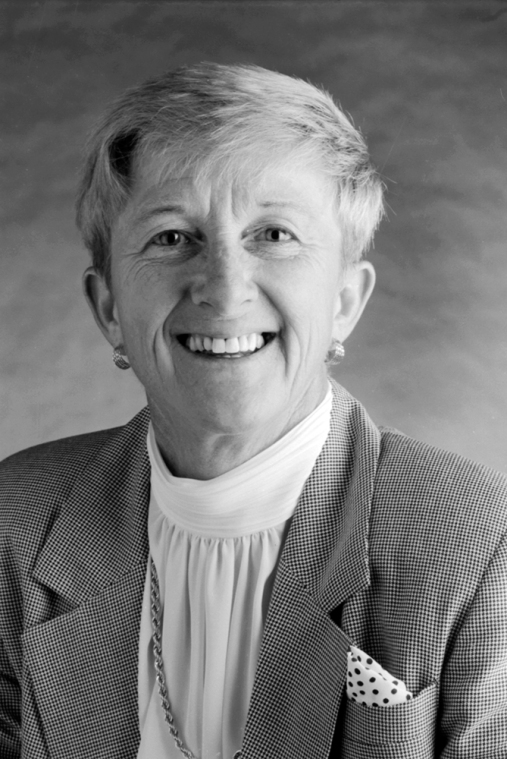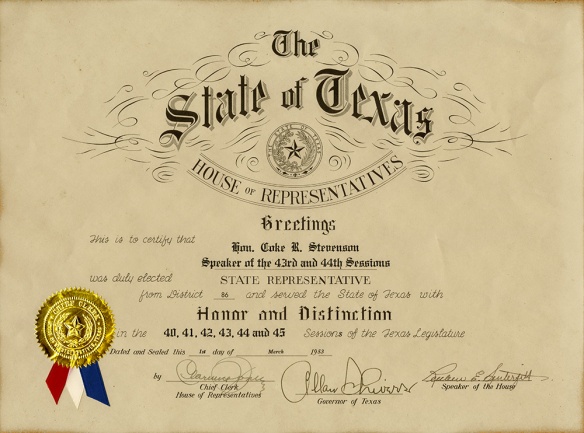
There are several archives in the Southwest Collection/Special Collections Library: The Southwest Collection (of course!), the Crossroads of Music Archives, Rare Books Collection, Texas Tech University Archives, and Sowell Family Collection in Literature, Community, and the Natural World. And every single one of us just contributed artifacts to the final SWC/SCL exhibit of 2018: “Raiders of the Lost Archives.” Below is a mere sample of what currently decorates our halls.

The guitar above belonged to Sonny West, a rock-n-rollin’ Lubbock, Texas, native whose principal claim to fame was that he wrote “Oh, Boy!” and “Rave On” for another famous Lubbock musician: Buddy Holly. This item is found in our Crossroads of Music Archive, which is also the official repository for the archival collections of Michael Martin Murphey, the Kerrville Folk Festival, the Tommy and Charlene Hancock Family, Jesse “Guitar” Taylor, Odis “Pop” Echols, and over 100 other music collections.

Some collections deal with the indigenous peoples of the Southwest and Mexico. Among them is the Tarahumara Photograph Collection, consisting of over 25,000 photographs of this isolated people. Taken over the course of fifty years by Jesuit priest Luis Verplanken during his work in southwestern Chihuahua, Mexico, many of the photographs were digitized and placed online for all interested researchers.

Few collections in our building rival the over 35,000 books, journals, manuscripts, maps, and other items in our Rare Books Collection. They range from 3,000 year old Assyrian cylinder seals to contemporary artists’ books, including this 1851 early edition of the poems of John Milton. It is adorned with a fore-edge painting, which was created by first fanning the page block of a book, then painting an image on the stepped surface. Many times the illustrations relate to the subject of the book itself; in this case, the rustic scene of a pond with an unknown town in the background that might refer to one of Milton’s poems.

The Texas Tech University Archives is the second largest archival unit in the Special Collections Library, boasting over 5,200 linear feet of manuscript and published material produced by the university, its staff, and students. Not a few items pertain to the Masked Rider, TTU’s oldest and most popular mascot. The precursor to the Masked Rider, the Ghost Rider, is depicted in this logo found in a 1941 game program.

Although we don’t have a photo of it here, the Sowell Collection in Literature, Community, and the Natural World contributed a large wooden paddle used by John Lane during his travels, some of which led to writing Chattooga. In his words:
“. . . Silver Creek wooden paddles, made from local North Carolina mountain woods, were used by many great kayak and canoe paddlers all over the country. They are flexible, long lasting, tough, and just feel so right in your hand, like you are paddling with a living thing. I bought this one in 1984 and paddled with it for 20 years. I cracked it twice . . . . Once I was driving out I-40 to paddle in Colorado and the bungee holding the paddles snapped and they flew off the car. The Silver Creek somehow survived. Another time I somehow got a blade of it lodged under a rock rolling in the middle of a rapid on the Chauga River in South Carolina and it was ripped out of my hands. It took up an hour but we were able to recover it.”
The Sowell Collection contains the personal papers not only of Jon Lane, but also some of the country’s most prominent writers, all of whom are deeply engaged with questions of land use, the nature of community, the conjunction of scientific and spiritual values, and the fragility of wilderness.
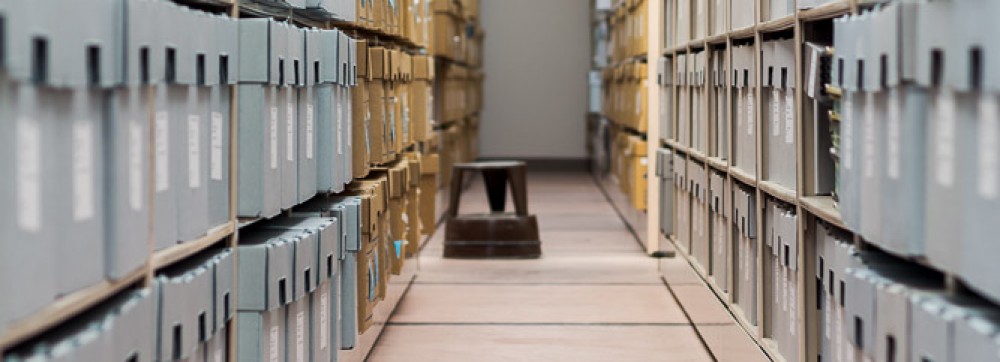

















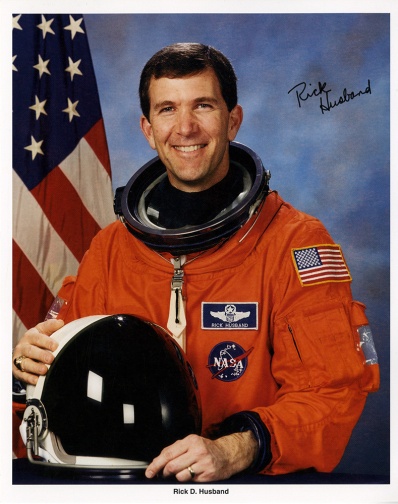



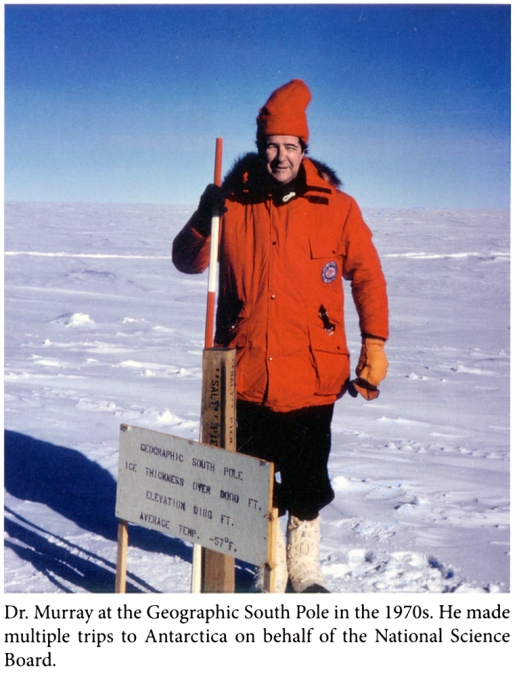
 Murray with artist Georgia O’Keeffe.
Murray with artist Georgia O’Keeffe.










